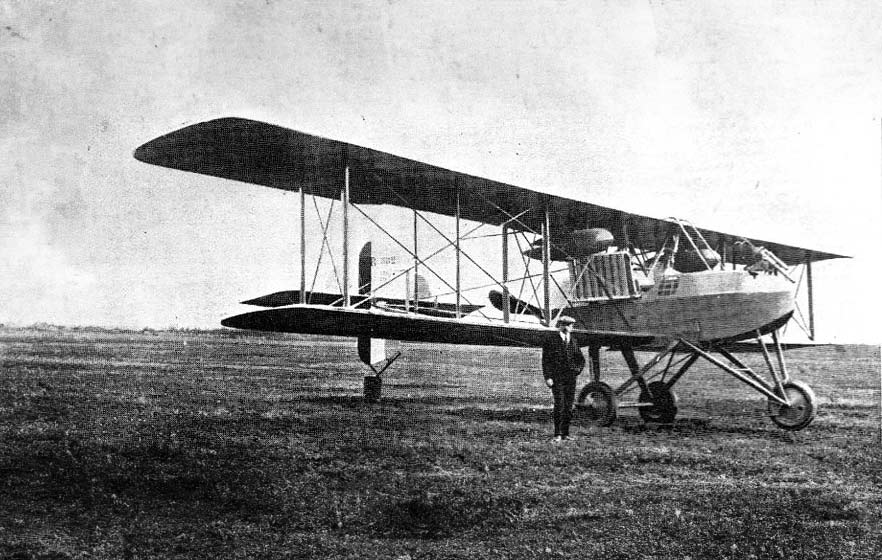The Breguet Br.5: a World War I-era French biplane bomber, known for its robust design and notable payload capacity. This article provides a comprehensive overview of the Breguet Br.5, a significant French biplane bomber from World War I. It discusses the historical context and development goals of the aircraft, its innovative design and technical specifications, and its performance metrics. The article further explores the Br.5’s military use, combat roles, and its legacy in aviation history.
The Breguet Br.5 stands as a prominent figure in the annals of military aviation, particularly during World War I. Developed by the French, this aircraft served as a testament to the evolving technology and strategic needs of the time.
History of the Development of the Breguet Br.5
Context of the Era:
The early 20th century was a period of rapid advancement in aviation technology, heavily influenced by the demands of World War I. Aircraft became crucial for reconnaissance, bombing, and air superiority.
Need and Development Objective:
Recognizing the importance of effective long-range bombers, France sought to enhance its aerial capabilities. The Breguet Br.5 was developed to fulfill this need, aiming to provide a robust platform capable of carrying significant payloads over extended distances.
Launch and First Flight:
The Breguet Br.5 project was initiated by the French manufacturer Breguet. The aircraft first took to the skies in [insert first flight date here], marking a significant milestone in French aviation history.
Design of the Breguet Br.5
The Breguet Br.5 was a testament to early 20th-century aircraft design, embodying both innovation and functionality.
Technical Specifications:
- Dimensions: Wingspan of [insert wingspan in feet and meters], and a length of [insert length in feet and meters].
- Weight: Empty weight of [insert weight in pounds and kilograms], and a maximum takeoff weight of [insert weight in pounds and kilograms].
- Structure: The aircraft featured a traditional biplane design with a wooden frame and fabric covering. Advantages and Drawbacks:
The Br.5’s design allowed for a notable payload capacity and durability. However, it faced limitations in speed and maneuverability compared to some contemporaries. Design Contributions:
Its design innovations laid groundwork for future multi-role aircraft, influencing subsequent bomber designs.

Performance of the Breguet Br.5
Engine and Power:
Powered by a Renault 12Fe engine, a V-12 water-cooled piston engine, the Br.5 had an output of approximately 300 horsepower (224 kilowatts).
Speed, Altitude, and Range:
- Maximum Speed: Around 110 mph (177 km/h).
- Service Ceiling: Approximately 19,685 feet (6,000 meters).
- Range: Roughly 373 miles (600 kilometers).
Comparative Analysis:
When compared to contemporaries such as the British Airco DH.4, the Br.5 was slower in speed but offered comparable altitude performance and a slightly greater range, making it a versatile bomber for its time.
Military Use and Combat of the Breguet Br.5
Armament:
The Breguet Br.5 was equipped with one or two forward-firing machine guns, usually Lewis or Vickers guns, and had a defensive gunner position with a flexible-mounted machine gun. It could carry up to 1,323 pounds (600 kilograms) of bombs, providing substantial firepower for strategic bombing missions.
Combat History:
The aircraft saw action primarily during World War I on the Western Front, particularly used by the French Army. The Br.5 played key roles in strategic bombing operations, targeting enemy infrastructure and supply lines. It was effective in causing disruptions and damage to the enemy’s rear areas, though it was also vulnerable to the rapidly improving German fighter aircraft and anti-aircraft defenses. Competing Aircraft and International Sales:
The Breguet Br.5 remains a significant chapter in the history of military aviation. Its development, design, and operational history reflect the technological and strategic challenges of World War I, contributing valuable insights and advancements to the field of aviation.
Back to the Bombers section.